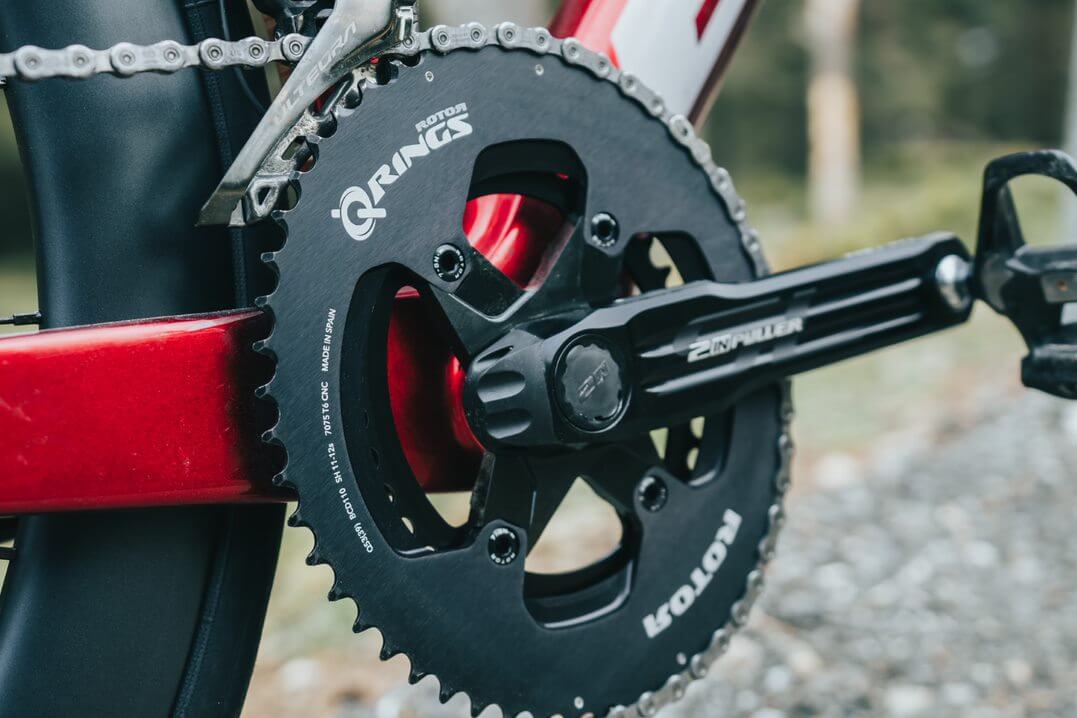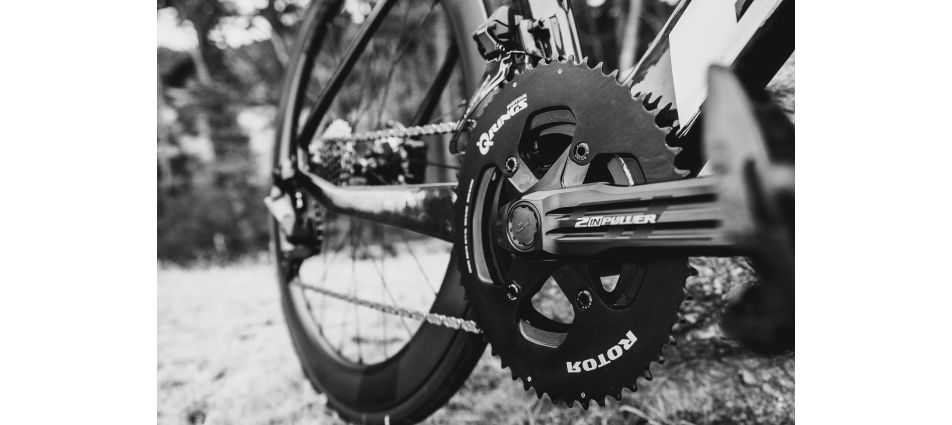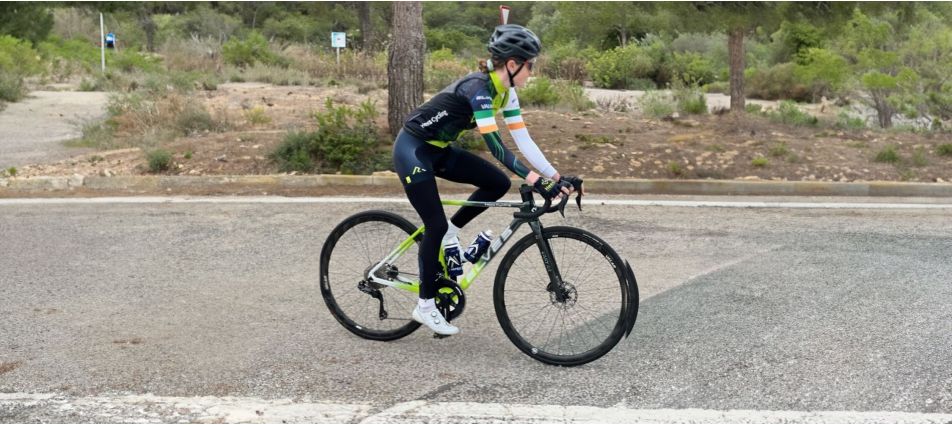Which Power Meter is Suitable for My Bicycle?
When it comes to analyzing your cycling performance analysis, power meter are one of the most effective tools for riders at all levels. So we thought we would answer the question , "What power meter do I need for my bike?"
When you fit your bike with a power meter, you can measure the power output you generate during your rides. The result is a collection of data providing valuable insights into your training. This data helps you optimize your performance, tweak your training sessions, and achieve your cycling goals.
However, with numerous power meters on the market, selecting the right one for your bike can be challenging. In this blog post we´ll explore the characteristics of quality power meter and highlight some noteworthy options, including power meters from ROTOR.
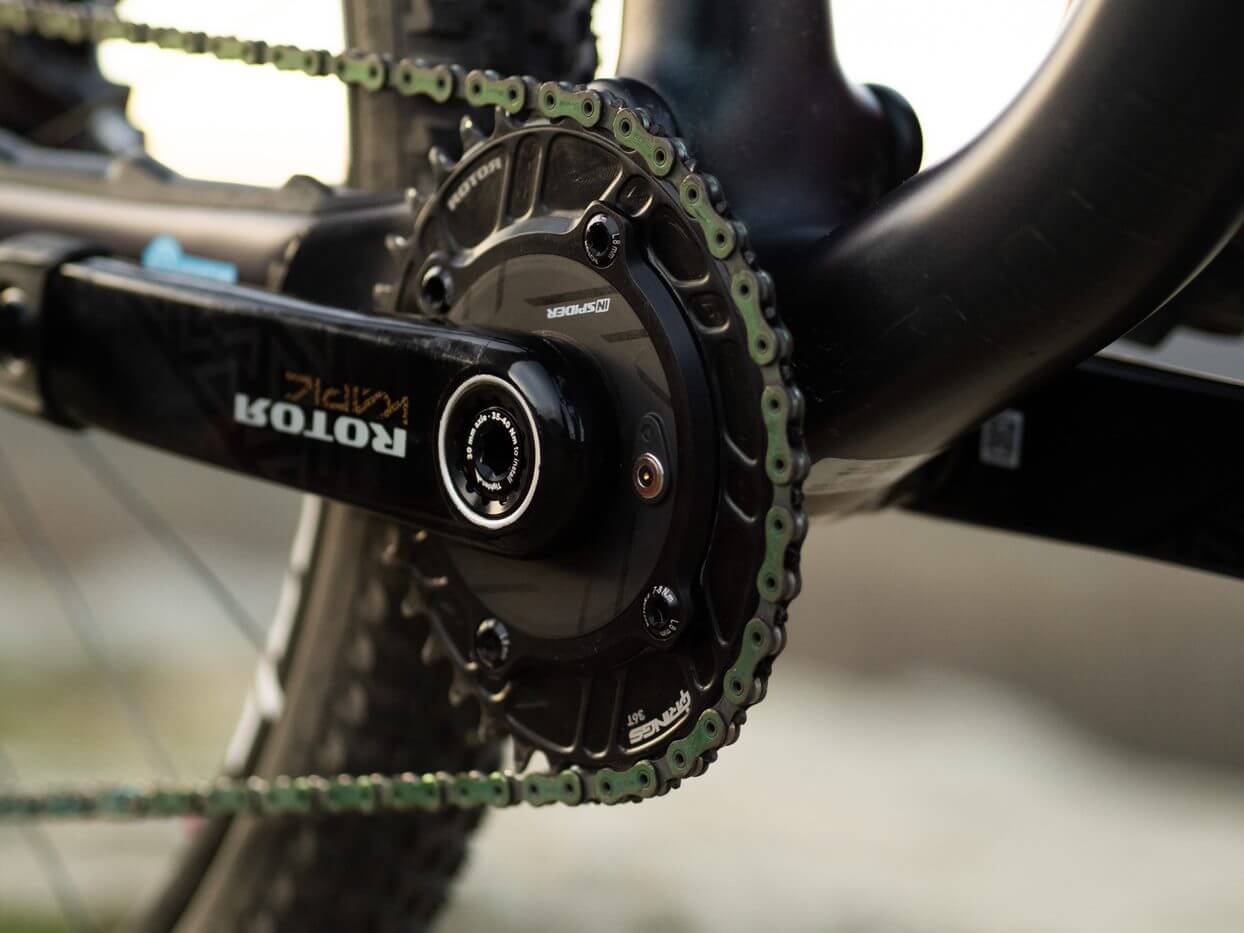

What is a Power Meter?
Before dividing into the details of selecting a power meter, let´s first understand what these devices are and how they work.
A power meter is a device that measures the amount of power you produce during your rides. It provides accurate and objective data about the energy you expend while pedaling. The data you get from a power meter is more valuable that a hear rate monitor or GPS tracker.
These devices indirectly estimate your effort, while power meters directly measure the force you apply to the pedals , giving you a precise measure of your output.
Power meters typically use strain gauges. These elctronic sensors measure the deformation (strain) in a material caused by an applied force. Strain gauges are strategically placed in various components of the bike, such as the crank arms, pedals, or wheel hubs, depending on the type of power meter.
As you pedal, the strain gauges detect the force and transmit the data to the power meter unit, which processes and displays the power output in watts.
By measuring your power output, you can gain valuable insights into your cycling performance, set training zones, track progress, and optimize your training plans. Power meters allow you to measure your effort objectively, taking into account factors such as wind, terrain, and fatigue. This data-driven approach helps you train smarter, improve efficiency, and achieve better results.
Now that we have a clear understanding of what a power meter is and how it functions, let´s look at the different types of power meters available for bikes:
Types of Cycling Power Meters
There are a few different types of power meters available, each with its own installation requirements and benefits. Let´s take a closer look at the most common types:
Crank-Based Power Meters
Crank- based power meters measure power at the crank arm or spider, which connects the crankset to the bottom bracket. This power meter provides accurate and reliable data and is compatible with various bike setups. Crank-based power meters are known for their stability and consistency in measuring power output.
ROTOR offers crank-based power meter, such as the ROTOR INpower and 2INpower models, which provide accurate power measurement and advanced features. Your may also want to check out the INspider version too.
Pedal-Based Power Meters
Pedal-based power meters measure power at the pedals. These power meters are convenient for cyclist with multiple bikes, as you can easily switch them between bikes. One of the main advantages of pedal-based power meters is that they are easy to install.
However, these power meters often have specific compatibility requirements. Therefore, you may need to buy new pedals if the ones you have are imcompatible.
Hub-Based Power Meters
Hub-Based power meters are integrated into the rear wheel. This means they are a more permanent fixture on your bike. These power meters offer accurate power measurements and are not tied to specific components. However, they may require professional assistance for installation and can limit wheel options.
Before buying a power meter for your bike, you must consider your needs, compatibility requirements, and budget. Each type has advantages, so select the one that aligns with your preferences and cycling goals.
What To Look for in a Quality Power Meter
Now we´ve talked about the different types of power meters, we should look at their characteristics in more detail.
Accuracy and Precision
Your power meter must be accurate and precise. If it isn´t your data will be inaccurate and misleading. A quality power meter provides consistent and reliable data, enabling you to make informed training decisions.
With this in mind, it is best to choose a power meter from a brand that puts its products under rigorous calibration processes and has a reputation for delivering accurate readings. For example, ROTOR Power Meters, such as the INpower and 2INpower models are known for their precision and reliable performance.
Compatibility
Ensure that your power meter is compatible with your bike´s existing components. Power meters come in various types, including crank-based, pedal-based, and hub-based options. Each has its advantages and compatibility requirements. ROTOR offers a range of power meters designed to fit different cycling disciplines and bike stups, ensuring seamless integration with your bike.
Installation and Maintenance
There´s little worse than buying something for your bike and finding out it is awkward to fit or, even worse, not compatible. Therefore, you need to cross-reference a power meter with the components on your bike before you buy. This is because some power meters require professional assistance for installation, while others can be easily installed by the user at home.
On top of this, the maintenance requirement can vary between models. ROTOR power meters are designed with user-friendliness in mind, allowing for straightforward installation and minimal maintenance.
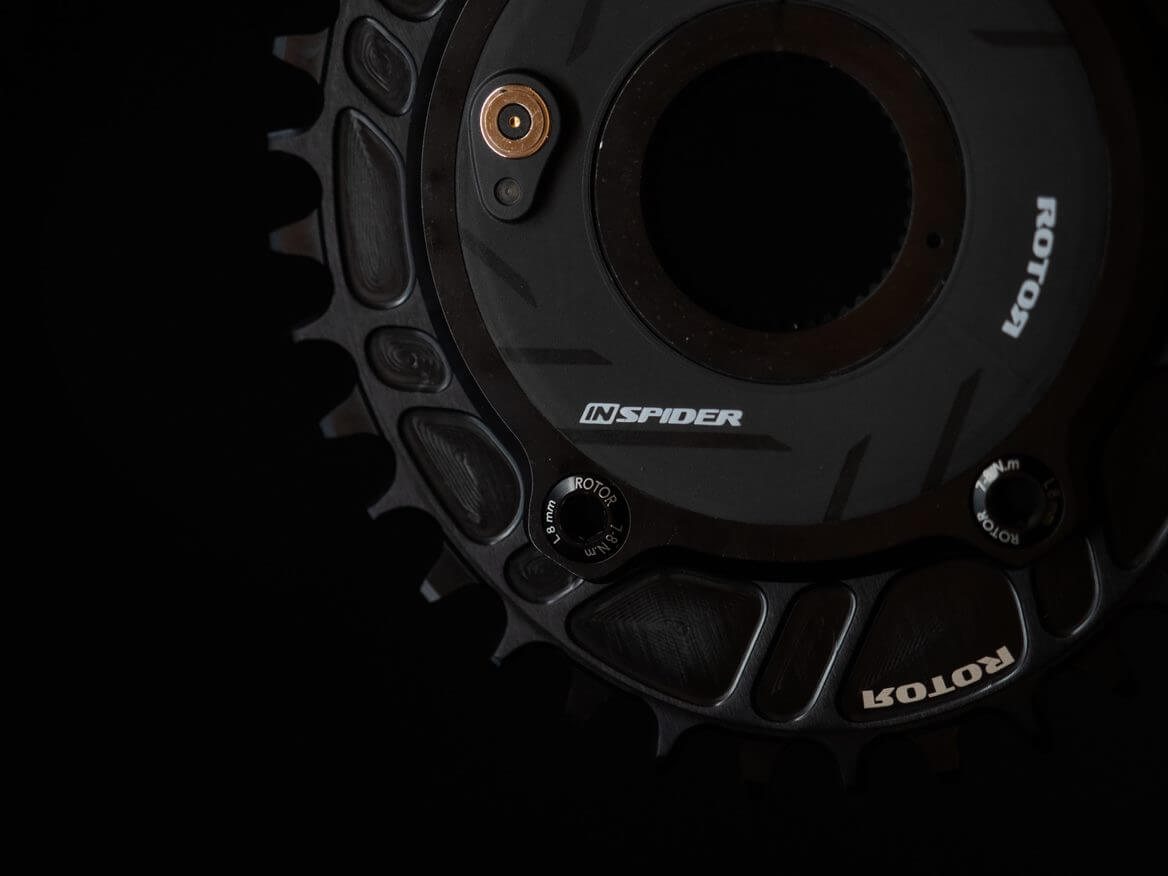

Connectivity and Data Transfer
Modern power meters transmit data to other devices wirelessly. You can analyze your data by connecting your power meter to a cycling computer or smartphone app. Look for power meters that have Bluetooth or ANT + technology. ROTOR power meters support both Bluetoothh and ANT+ connectivity, enabling seamless integration with popular training apps and devices.
Battery Life and Power Source
Quality power meters, such as the ones from ROTOR, tend to have an incredibly long battery life. Some rely on replaceablle batteries, while others have rechargeable options. Assess your preferences and riding habits to determine which option suits you best. It is pretty frustrating when your battery runs out when riding; some make sure the one you buy can keep running as long as you can.
Additional Features
It´s great to get a bit more for your money, so it´s worth looking at the additional features you can get on power meters. For example, some power meters include left-right balance measurements, cadence sensing, and pedal stroke analysis. While these features are not essential, they can provide valuable insights into your cycling technique and help you identify areas for improvement. ROTOR power meters, such as the 2INpower model , offer advanced features like dual-sided power measurement and independent left-right power balance.
Final thoughts on choosing a Power Meter
Fitting your bike with a quality power meter is a wise decision if you´re looking to improve cycling performance and fitness. You can fin the power meter that best suits your needs by considering accuracy, compatibility, ease of installation, connectivity, battery life, and additional features.
ROTOR power meters offer excellent performance and are worth exploring. Choose the right power meter, integrate it into your training routine, and unlock the potential to take your cycling to new heights.
Happy riding #ROTORian!
